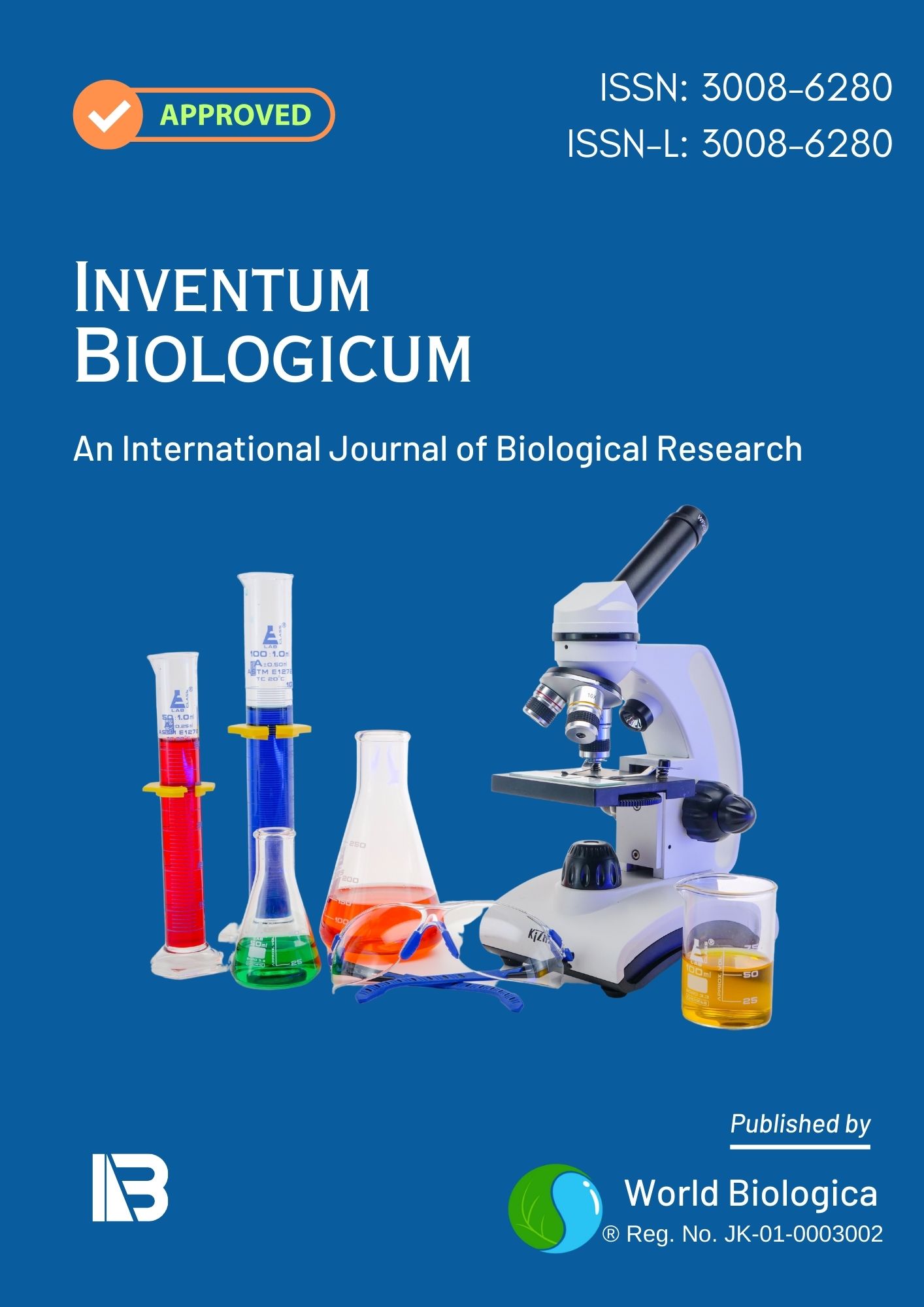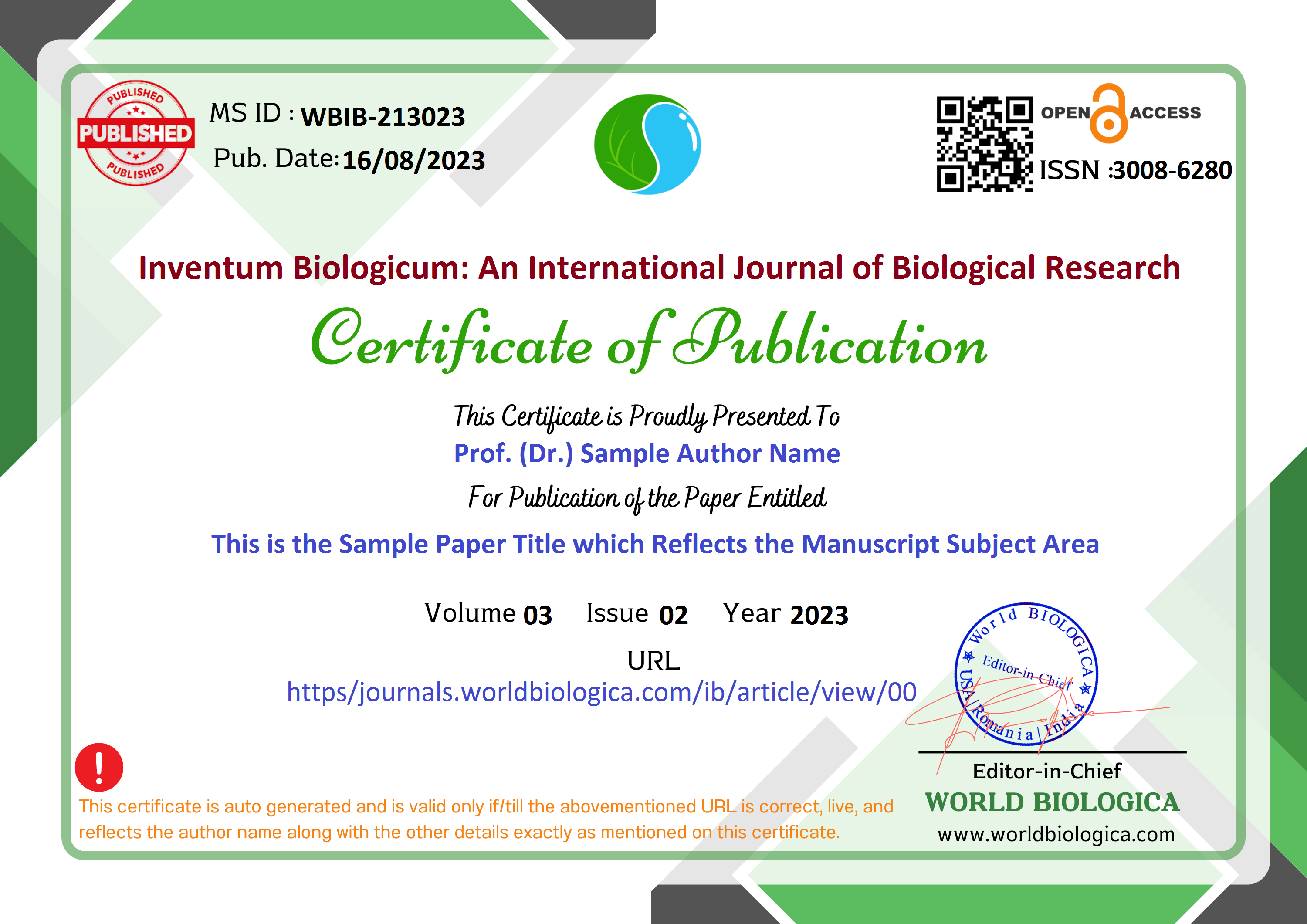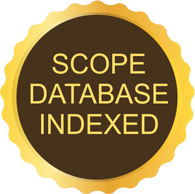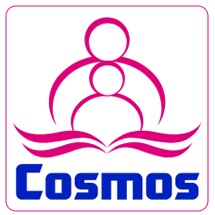The Effects of Core Stabilization Exercises Versus Plyometrics Along With Proprioceptive Training on Strength & Stability in Recreational Athletes With Non-Contact Anterior Cruciate Ligament Injury
Keywords:
Anterior Cruciate Ligament Injuries, Exercise Therapy, Proprioception, Rehabilitation, Plyometric Exercise, Physical Therapy Modalities, Postural Balance, Pain Measurement, Muscle StrengthAbstract
Background: Non-contact anterior cruciate ligament (ACL) injuries are common among recreational athletes and often lead to deficits in strength, dynamic balance, and joint proprioception. Core Stabilization Exercises (CSE) and Plyometric Training, both integrated with Proprioceptive Training, are established rehabilitation strategies; however, their comparative effectiveness requires further exploration.
Aim: The aim of the study was to assess the effects of 8 weeks of core stabilization exercises and plyometrics along with proprioceptive training on the strength & stability in recreational athletes with non-contact anterior cruciate ligament injuries.
Methods: Thirty recreational athletes aged 18–45 years with chronic non-contact ACL injuries were purposively sampled and divided into two groups. Group A received CSE with proprioceptive input, while Group B underwent Plyometric Training with proprioceptive input. Interventions were administered thrice weekly for eight weeks. Outcome measures included McGill’s Core Muscle Endurance Test (CMET), Star Excursion Balance Test (SEBT), and Numeric Pain Rating Scale (NPRS), recorded at baseline, 4th week, and 8th week. Data were analyzed using repeated measures ANOVA and independent t-tests.
Results: Both groups demonstrated statistically significant improvements (p < 0.05) in all outcome measures. However, Group B showed superior gains in core endurance, balance, and pain reduction compared to Group A, with significant between-group differences (p < 0.05).
Conclusion: Plyometric Training combined with Proprioceptive Training proved more effective than Core Stabilization Exercises in improving functional outcomes in individuals with ACL injuries. These findings support incorporating dynamic, neuromuscular-focused protocols for enhanced rehabilitation.
Downloads
References
Duthon VB, Barea C, Abrassart S, Fasel JH, Fritschy D, Ménétrey J. Anatomy of the anterior cruciate ligament. Knee surgery, sports traumatology, arthroscopy. 2006 Mar;14(3):204-13.
Jeong J, Choi DH, Shin CS. Core strength training can alter neuromuscular and biomechanical risk factors for anterior cruciate ligament injury. The American journal of sports medicine. 2021 Jan;49(1):183-92.
Flom, Cynthia K. Plyometrics. Physical Therapy Scholarly Projects.1993;145.
Ma J, Zhang D, Zhao T, Liu X, Wang J, Zheng H, Jin S. The effects of proprioceptive training on anterior cruciate ligament reconstruction rehabilitation: A systematic review and meta-analysis. Clinical Rehabilitation. 2021 Apr;35(4):506-21.
Saki F, Shafiee H, Tahayori B, Ramezani F. The effects of core stabilization exercises on the neuromuscular function of athletes with ACL reconstruction. Scientific reports. 2023 Feb 7;13(1):2202.
Huxel Bliven KC, Anderson BE. Core stability training for injury prevention. Sports health. 2013 Nov;5(6):514-22.
Buckthorpe M, Della Villa F. Recommendations for plyometric training after ACL reconstruction–A clinical commentary. International journal of sports physical therapy. 2021 Jun 1;16(3):879.
Khatoon M, Thiyagarajan S. Comparative study to find out the effectiveness of core strengthening training (pilates) versus plyometric training to promote dynamic balance and agility in elite indian badminton players. Indian Journal of Physiotherapy & Occupational Therapy Print-(ISSN 0973-5666) and Electronic–(ISSN 0973-5674). 2021;15(1):85-92.
Lubowitz JH, Hwang M, Piefer J, Pflugner R. Anterior cruciate ligament femoral footprint anatomy: systematic review of the 21st century literature. Arthroscopy: the journal of arthroscopic & related surgery: official publication of the Arthroscopy Association of North America and the International Arthroscopy Association. 2014 May;30(5):539-41.
Sonnery-Cottet B, Colombet P. Partial tears of the anterior cruciate ligament. Orthopaedics & Traumatology: Surgery & Research. 2016 Feb 1;102(1):S59-67.
Guenther D, Herbst E, Musahl V. Anatomy and Biomechanics of the Anterior Cruciate Ligament. InOrthopaedic Biomechanics in Sports Medicine 2021 Oct 19 (pp. 287-295). Cham: Springer International Publishing.
Della Villa F, Buckthorpe M, Grassi A, Nabiuzzi A, Tosarelli F, Zaffagnini S, Della Villa S. Systematic video analysis of ACL injuries in professional male football (soccer): injury mechanisms, situational patterns and biomechanics study on 134 consecutive cases. British journal of sports medicine. 2020 Dec 1;54(23):1423-32.
Shimokochi Y, Shultz SJ. Mechanisms of noncontact anterior cruciate ligament injury. Journal of athletic training. 2008 Jul 1;43(4):396-408.
Waldén M, Krosshaug T, Bjørneboe J, Andersen TE, Faul O, Hägglund M. Three distinct mechanisms predominate in non-contact anterior cruciate ligament injuries in male professional football players: a systematic video analysis of 39 cases. British journal of sports medicine. 2015 Nov 1;49(22):1452-60.
Lin CF, Liu H, Gros MT, Weinhold P, Garrett WE, Yu B. Biomechanical risk factors of non-contact ACL injuries: A stochastic biomechanical modeling study. Journal of Sport and Health Science. 2012 May 1;1(1):36-42.
Koga H, Nakamae A, Shima Y, Iwasa J, Myklebust G, Engebretsen L, Bahr R, Krosshaug T. Mechanisms for noncontact anterior cruciate ligament injuries: knee joint kinematics in 10 injury situations from female team handball and basketball. The American journal of sports medicine. 2010 Nov;38(11):2218-25.
Renstrom P, Ljungqvist A, Arendt E, Beynnon B, Fukubayashi T, Garrett W, Georgoulis T, Hewett TE, Johnson R, Krosshaug T, Mandelbaum B. Non-contact ACL injuries in female athletes: an International Olympic Committee current concepts statement. British journal of sports medicine. 2008 Jun 1;42(6):394-412.
Griffin LY, Agel J, Albohm MJ, Arendt EA, Dick RW, Garrett WE, Garrick JG, Hewett TE, Huston L, Ireland ML, Johnson RJ. Noncontact anterior cruciate ligament injuries: risk factors and prevention strategies. JAAOS-Journal of the American Academy of Orthopaedic Surgeons. 2000 May 1;8(3):141-50.
Brophy RH, Wojtys EM, Mack CD, Hawaldar K, Herzog MM, Owens BD. Factors associated with the mechanism of ACL tears in the national football league: a video-based analysis. Orthopaedic journal of sports medicine. 2021 Nov 8;9(11):23259671211053301.
Wetters N, Weber AE, Wuerz TH, Schub DL, Mandelbaum BR. Mechanism of injury and risk factors for anterior cruciate ligament injury. Operative Techniques in Sports Medicine. 2016 Mar 1;24(1):2-6.
Parsons JL, Coen SE, Bekker S. Anterior cruciate ligament injury: towards a gendered environmental approach. British journal of sports medicine. 2021 Sep 1;55(17):984-90.
Geng B, Wang J, Ma JL, Zhang B, Jiang J, Tan XY, Xia YY. Narrow intercondylar notch and anterior cruciate ligament injury in female nonathletes with knee osteoarthritis aged 41–65 years in plateau region. Chinese medical journal. 2016 Nov 5;129(21):2540-5.
McLean SG, Huang X, Van Den Bogert AJ. Association between lower extremity posture at contact and peak knee valgus moment during sidestepping: implications for ACL injury. Clinical biomechanics. 2005 Oct 1;20(8):863-70.
Mountcastle SB, Posner M, Kragh JF, Taylor Jr DC. Gender differences in anterior cruciate ligament injury vary with activity: epidemiology of anterior cruciate ligament injuries in a young, athletic population. The American journal of sports medicine. 2007 Oct;35(10):1635-42.
Price MJ, Tuca M, Cordasco FA, Green DW. Nonmodifiable risk factors for anterior cruciate ligament injury. Current opinion in pediatrics. 2017 Feb 1;29(1):55-64.
Hewett TE, Myer GD, Ford KR, Paterno MV, Quatman CE. Mechanisms, prediction, and prevention of ACL injuries: Cut risk with three sharpened and validated tools. Journal of Orthopaedic Research. 2016 Nov;34(11):1843-55.
Thomson A, Whiteley R, Bleakley C. Higher shoe-surface interaction is associated with doubling of lower extremity injury risk in football codes: a systematic review and meta-analysis. British Journal of Sports Medicine. 2015 Oct 1;49(19):1245-52.
Haim A, Pritsch T, Yosepov L, Arbel R. Anterior cruciate ligament injuries. Harefuah. 2006 Mar 1;145(3):208-14.
Olsen OE, Myklebust G, Engebretsen L, Bahr R. Injury Mechanisms for Anterior Cruciate Ligament injuries in Team Handball: A Systematic Video Analysis. Journal of Orthopaedic & Sports Physical Therapy. 2005 Feb;35(2):119.
Lambson RB, Barnhill BS, Higgins RW. Football cleat design and its effect on anterior cruciate ligament injuries: a three-year prospective study. The American journal of sports medicine. 1996 Mar;24(2):155-9.
Kocher MS, Sterett WI, Zurakowski D, Steadman JR. Effect of Functional Bracing on Subsequent Knee Injury in ACL-Deficient Professional Skiers. The journal of knee surgery. 2003 Apr;16:87-92.
McDevitt ER, Taylor DC, Miller MD, Gerber JP, Ziemke G, Hinkin D, Uhorchak JM, Arciero RA, St. Pierre P. Functional bracing after anterior cruciate ligament reconstruction: a prospective, randomized, multicenter study. The American journal of sports medicine. 2004 Dec;32(8):1887-92.
Orchard J, Seward H, McGivern J, Hood S. Intrinsic and extrinsic risk factors for anterior cruciate ligament injury in Australian footballers. The American journal of sports medicine. 2001 Mar;29(2):196-200.
Musahl V, Nazzal EM, Lucidi GA, Serrano R, Hughes JD, Margheritini F, Zaffagnini S, Fu FH, Karlsson J. Current trends in the anterior cruciate ligament part 1: biology and biomechanics. Knee surgery, sports traumatology, arthroscopy. 2022 Jan;30(1):20-33.
Renstrom P, Ljungqvist A, Arendt E, Beynnon B, Fukubayashi T, Garrett W, Georgoulis T, Hewett TE, Johnson R, Krosshaug T, Mandelbaum B. Non-contact ACL injuries in female athletes: an International Olympic Committee current concepts statement. British journal of sports medicine. 2008 Jun 1;42(6):394-412.
Souryal TO, Freeman TR. Intercondylar notch size and anterior cruciate ligament injuries in athletes: a prospective study. The American journal of sports medicine. 1993 Jul;21(4):535-9.
Kiapour AM, Murray MM. Basic science of anterior cruciate ligament injury and repair. Bone & joint research. 2014 Feb 1;3(2):20-31.
Raines BT, Naclerio E, Sherman SL. Management of anterior cruciate ligament injury: what’s in and what’s out? Indian journal of orthopaedics. 2017 Oct;51(5) :563-75.
Downloads
-
Download PDF
 Abstract Views: 105,
Abstract Views: 105,  Download PDF: 38
Download PDF: 38
Published
How to Cite
Issue
Section
License
Copyright (c) 2025 Inventum Biologicum: An International Journal of Biological Research

This work is licensed under a Creative Commons Attribution-NonCommercial-NoDerivatives 4.0 International License.


















